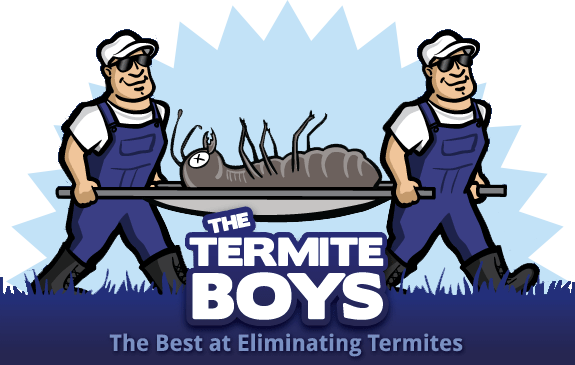Termites are ecologically essential insects that contribute significantly to the nutrient enrichment of soil and the removal of cellulose waste from the environment. While virtually all 3,000 or so documented termite species feed on cellulose from natural wood sources like stumps and logs, some species don’t seem to mind eating the structural wood that keeps homes and buildings standing. Naturally, this is an alarming insect pest habit that costs billions of dollars in structural damages annually in the US alone, and at least one termite pest species can be found in each state within the contiguous US and Hawaii.
The eastern subterranean termite (Reticulitermes flavipes) is the most destructive termite pest in the US, and they are abundant in and around Boston. Not only are subterranean termites the most economically costly urban pests in the world, but they are extremely hard to detect due to their underground soil habitat and their occasional presence within the inner cavities of wood where they cannot be seen. Because of their well concealed living conditions, subterranean termite infestations can last for years until extensive damage becomes noticeable to homeowners. While a few things are known about the manner in which subterranean termites locate wood, it remains unclear as to how subterranean termites detect above ground structural wood within homes and buildings.
Mature subterranean termite colonies that are more than ten years old can contain as many as two million individuals, most of which are workers. Colonies this large are not contained within a single nest; instead one large colony is composed of one central nest surrounded by several interconnected secondary nests that are established by workers as they increase their foraging range. A large network of interconnected nests can span an area as large as an entire neighborhood.
According to laboratory studies, the foraging tunnels that workers excavate in soil suggest that workers do not move in random directions to seek food; instead, the distribution of their tunnels indicate that they travel in the most efficient way possible. Workers will not alter their course to intercept nearby wood, but their tunneling activity increases as their soil environment becomes more moist. In other words, they follow moisture gradients in soil, which is why homeowners are urged to keep moisture levels minimal within their homes and surrounding property.
Do you occasionally measure moisture levels or relative humidity within your crawl space in order to prevent termite attack and wood rot?

